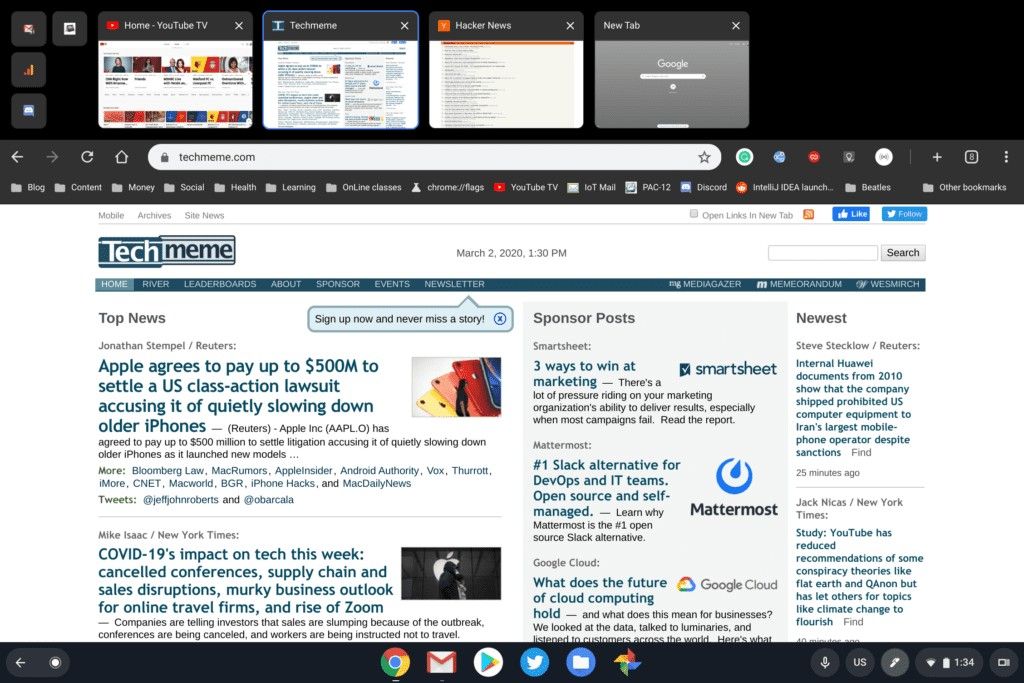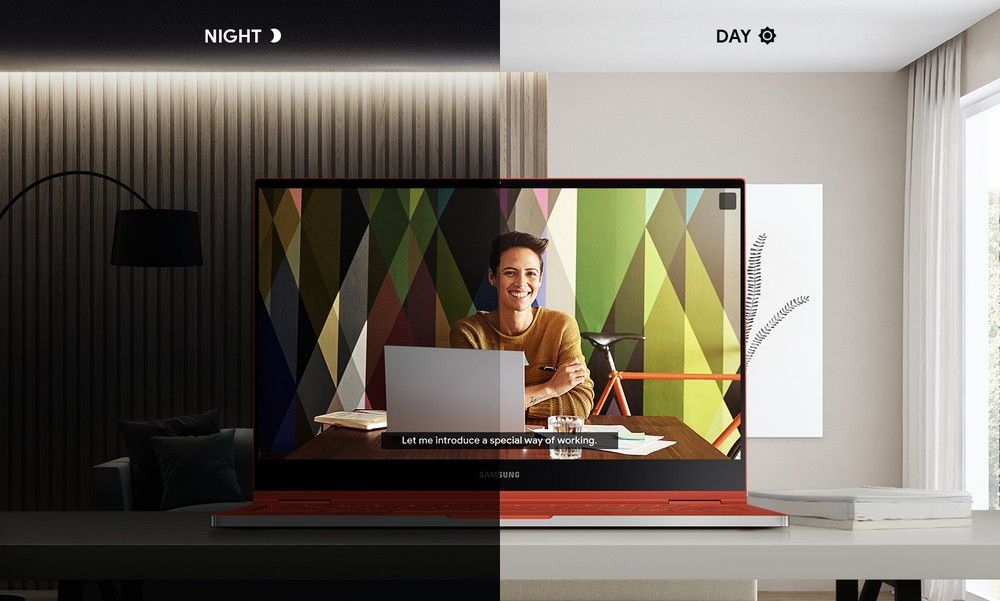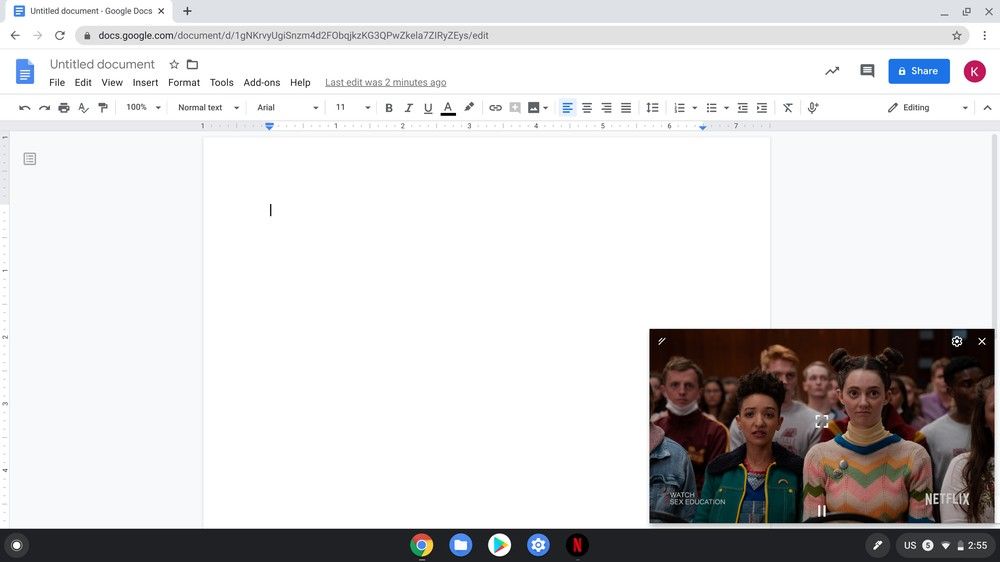YouTube Music is the default music app for Google-certified Android devices, so it has a lot of potential for growth. However, retaining users for more than a few minutes requires the app to have killer features like uploading your own music, showing lyrics for songs, and a sleek music player UI that shows the album art and provides quick access to handy music controls. That’s exactly why, starting today, Google is improving the UI for the player page in YouTube Music. Here are 4 screenshots from Google that show off the improved design:
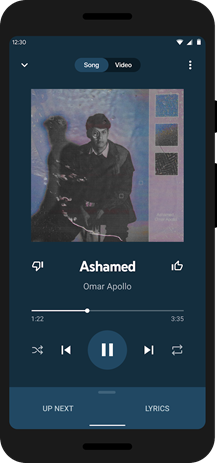
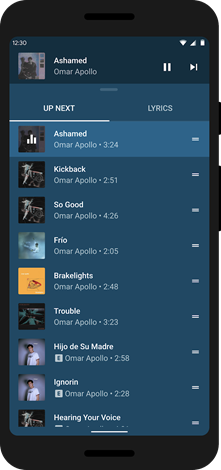
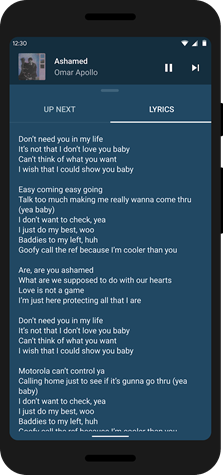
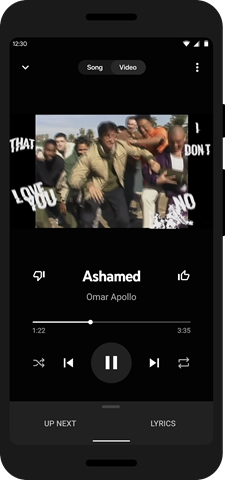
The biggest changes to the YouTube Music player page can be summarized as follows:
- The button at the top of the player page to seamlessly switch between the audio and the music video is now always visible. Previously, the button would disappear after a few seconds to make the playback experience more immersive.
- Static lyrics are now shown in a separate tab next to the “up next” playlist. Google says this feature is an experiment, so we can expect to see it improve in future updates.
- Repeat and shuffle buttons are now shown on the player page itself, making playback control more convenient. Previously, you had to tap the “up next” playlist at the bottom to show these buttons.
- You can now more easily download, share, or add songs to a playlist by tapping on the album art.
As usual, the redesigned player page is rolling out to users gradually. You can download the latest version of YouTube Music (version 3.55.55) from the Google Play Store link or from APKMirror, but there’s no guarantee that installing the latest update will surface the new player page. I sideloaded the update on my Pixel 4 and did not get the new player page design, so your mileage may vary.
YouTube Music - Stream Songs & Music Videos (Free, Google Play) →
I’m personally sticking with Play Music until Google forces me off, though with every new update to YouTube Music, I’m tempted more and more to make the switch. Google still has a long way to go before they catch up to Spotify or Pandora, but by having YouTube Music pre-installed on every new Android device, Google is guaranteed to have a large userbase to justify investing more resources into YouTube Music.
The post Google starts rolling out a redesigned player page for YouTube Music on Android appeared first on xda-developers.
from xda-developers https://ift.tt/39nR3sG
via IFTTT

